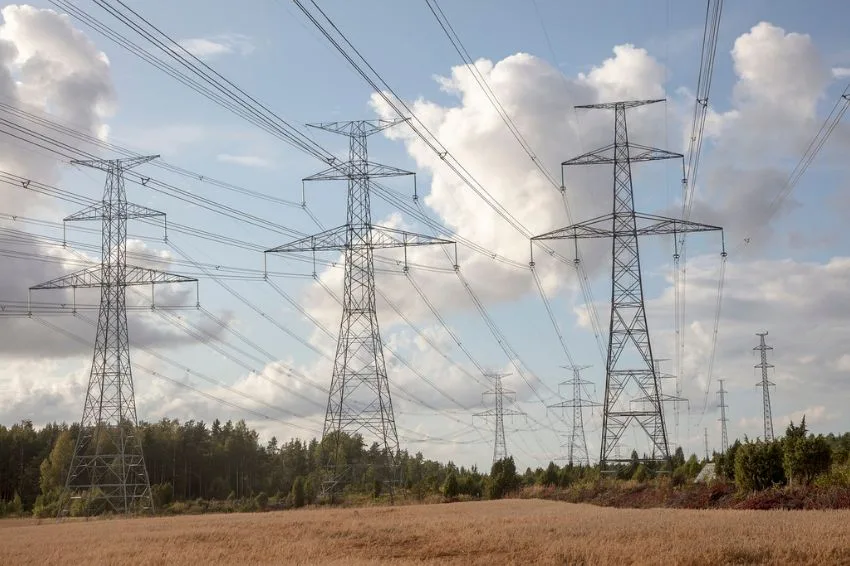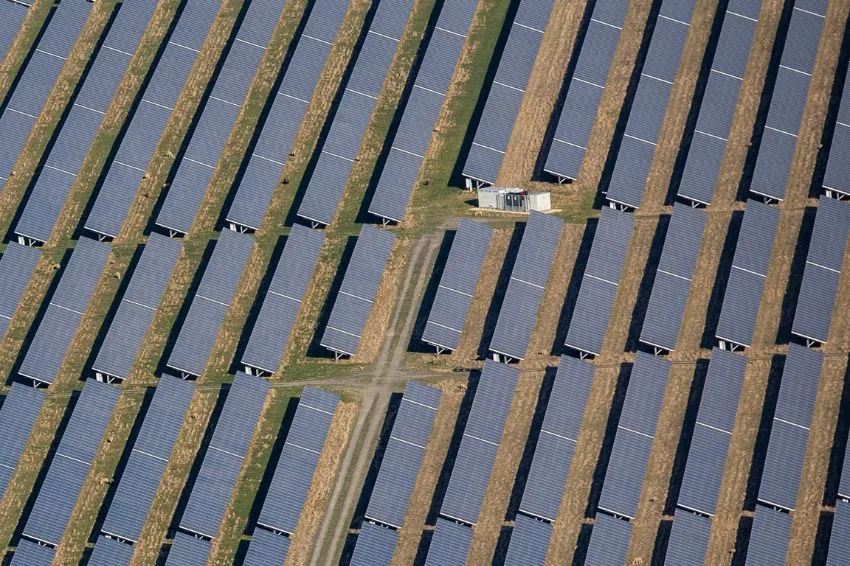O free energy market broke migration records in the first half of this year, with the 3,330 new units signed up, which represents a growth of 52% compared to the first half of last year.
Until then, the migration record had been in 2021, when 3,072 new loads migrated to the free market in six months. The information is from the recent bulletin released by CCEE (Electricity Trading Chamber).
Among the companies that migrated to the free market this year, the highlights are the units in the commerce, services, food, various manufactured goods and basic sanitation.
Most of these new points are still concentrated in the Southeast and South of the country, regions where the industrialization is more intense.
See more: São Paulo leads the volume of migrations to the free market in 2023
However, CCEE draws attention to significant progress in states such as Pernambuco, Goiás and Ceará, which become markets with good growth potential from the reduction of requirements for consumer migration and the dispersion of the free environment.
Companies look to the free market for a way to save on energy costs, which can reach a reduction of up to 35%. Furthermore, the free consumer can negotiate the conditions of the contract, such as price, volume, payment term, among other variables – things that are not possible when the consumer is in the captive market (served exclusively by distributors).
Remembering that since January companies with load equal to or above 500 kW (alone or in combination of loads) can migrate to the free market. Previously, the minimum required was 1000 kW.
A from 2024, all companies connected to high voltage, known as Group A, will be able to migrate to the free market, as long as they are represented by a retail trader. O migration potential reaches 72 thousand new loads.
The retail supplier is responsible for buying and selling energy to small and medium-sized companies. He is also responsible for ensuring compliance with the client's financial and regulatory obligations with the CCEE, simplifying the process of joining the free market.
In total, there are 75 retail traders in operation, the largest of which are linked to large conglomerates in the electricity sector, such as EDP, AES Tietê, Copel, Engie and CPFL Energia. Another 42 companies were in the licensing process at the end of June.
Read too: Check out the 10 largest retail companies in the free market
“In the free market, customers can choose their supplier. This freedom allows you to negotiate deadlines, values, and purchase energy on demand and from renewable sources. It is still a segment restricted to large consumers, but we are working to make it accessible to the whole of society”, says Talita Porto, vice-president of the CCEE Board of Directors.
The free market has 34.4 thousand companies, which together represent 37% of national electricity consumption.

















